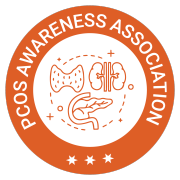

Author(s): Dabala Jabessa Dugasa, Dereje Gebeyehu Ababu, Shibiru Jabessa Dugasa
Introduction: Globally, maternal morbidity and mortality remained a major public health challenge. A home birth is a birth that takes place in a residence rather than in a hospital or a birthing center. Delivering at home is associated with a higher risk of maternal deaths. Although institutional delivery has been promoted in Ethiopia, home delivery is still common, primarily in hard-to-reach areas. Therefore, the aim of this study was to estimate the determinant of home delivery and its associated factors in Ilu Ababor Zone. Methods: A simple random sample of 215 women aged 15–49 years who a delivered recently was conducted in a simple random sample from the districts of Darimu, N/sale, Alle, Alge and Halu. Data were collected using an interviewer administered questionnaire. Chi-square tests were used to explore association between variables. Using odds ratios with 95% confidence intervals with p < 0.05 taken as statically significant association. Multilevel logistic regression with Bayesian approach was used to explore the major risk factors and woreda variations in delivery care in Ilu Ababor Zone. The Deviance Information Criterion model selection criteria were used to select the appropriate model Results: A total of 140 (65.1 %) mothers delivered at home. The percentage of home delivery at their last birth was high in Halu and Alge districts (77.14% and 75%, respectively) while 56.67% women who lived in N/Sale delivered at home. Living in rural areas, being uneducated, distance from the health center, not visiting antenatal care, not using contraceptive and being poor are predictors of home delivery at 5% level of significance